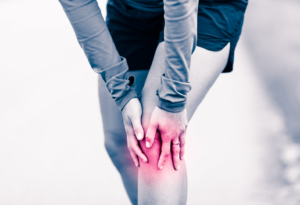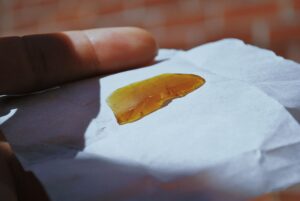
Cannabinoids and Cardiovascular Health
February is American Heart month, dedicated to bringing awareness and attention to our cardiovascular health. Accumulating evidence suggests that cannabinoids such as CBD may be beneficial to our cardiovascular system.







